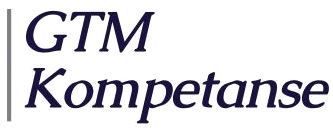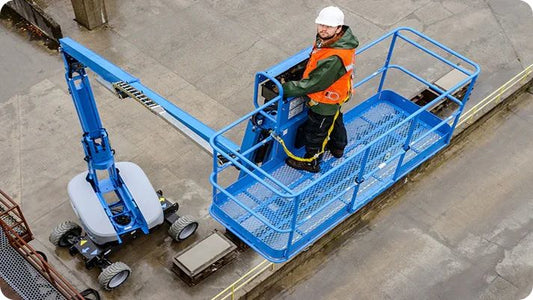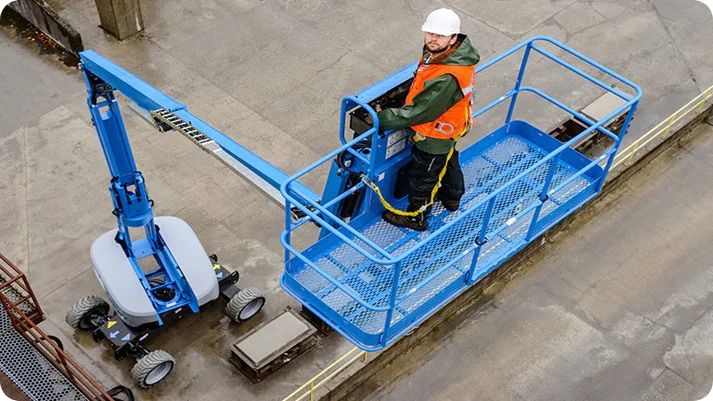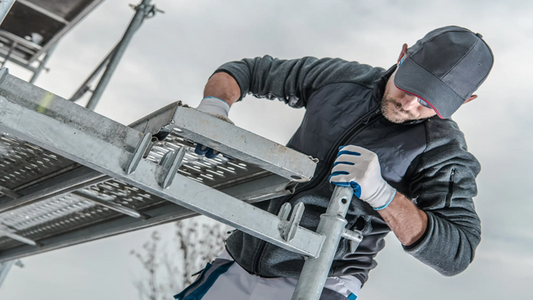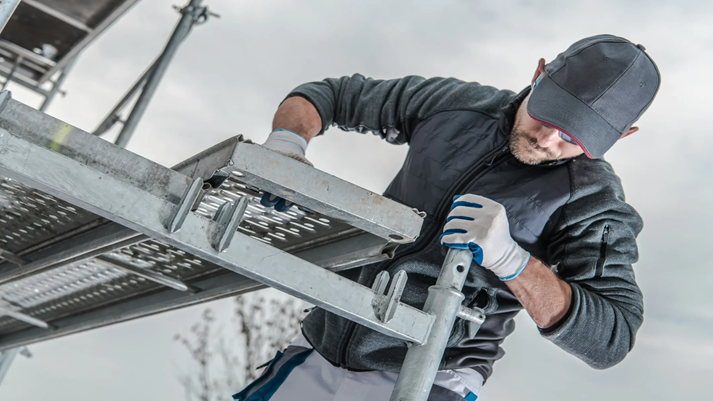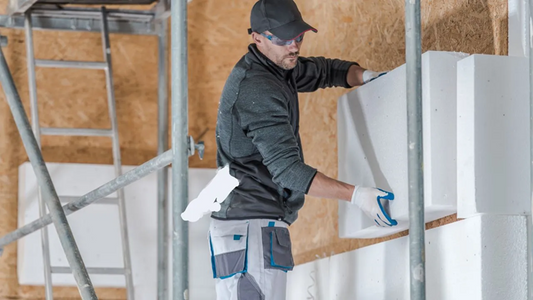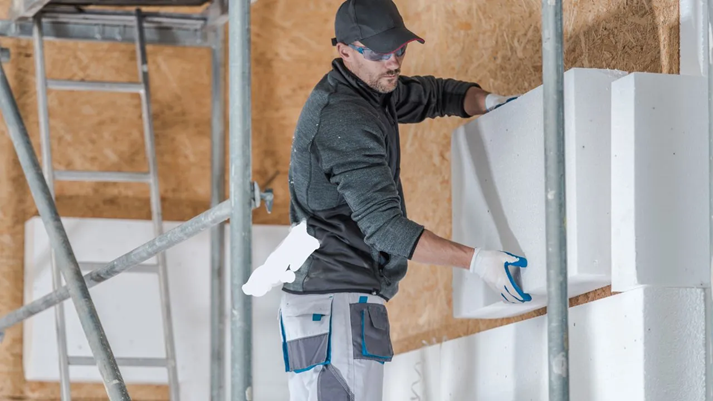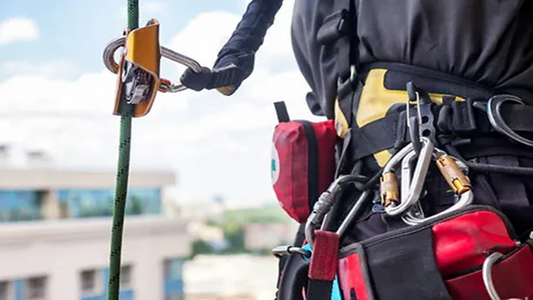Did you know that employers are legally obligated to ensure that employees have the necessary training to use certain types of equipment? Many people think that “documented training” is just a formality – but it is actually about life and health. In this article, we explain what documented training means, why it is important, and how to comply with the requirements of Norwegian law.
What is documented training?
Documented training is a requirement when employees use work equipment that can cause injury or accidents if used incorrectly. The employer is responsible for ensuring that the training has been completed and that it is both theoretical and practical.
In practice, this means:
- Employees must know how to use the equipment safely.
- The training must follow the manufacturer's instructions for use.
- There must be written documentation of the training.
Who can provide documented training?
The training can be provided by the employer or other persons with sufficient competence. This means that the person concerned must have experience and training in the equipment, as well as a good knowledge of the applicable safety regulations.
The person providing the training should:
- Have practical and theoretical experience
- Know the requirements for safe use
- Be able to document that the training has been completed
What should the documentation contain?
For the training to be considered valid and documented, it must contain:
- Name and date of birth of employee
- Type and model of equipment trained on
- Date of training
- Name (and possibly company) of the person who provided the training
The employee must receive a certificate of competence or other written documentation, and the employer must keep a copy for its archives.
When is documented training required?
If a risk assessment shows that the use of work equipment requires particular care, documented training must be provided before the equipment is put into use. This applies in particular to equipment that:
- Person lifts (lift)
- Forklifts and stackers
- High-pressure cleaners
- Winch
- Suspended scaffolding
- Nail guns
- Concrete saws
- Chainsaws
- And many more…
👉 A complete list can be found in the Norwegian Labour Inspection Authority's recommendations.
What does the legislation say?
According to regulations on the performance of work , the employer is obliged to provide documented safety training for equipment that requires it. This is clearly stated in § 10-2 and § 10-3 of the regulations. It is not only about protecting the employee, but also about safeguarding the employer's responsibility and avoiding reactions during inspections.
Training must be tailored to the employee's needs
There is no one-size-fits-all solution. Training should take into account:
- Nature of work
- The employee's experience, age, and education
- Language and level of understanding
The employer must ensure that the training takes place during working hours, and cover both costs and wages during the training. This also applies to temporary employees and apprentices.
What is the difference between documented and certified training?
-
Documented training applies to equipment that requires caution and can be provided by the employer or a qualified person.
- Certified training applies to equipment with high injury potential, such as cranes, forklifts and material handling equipment, and must be provided by approved training providers.
You must remember this:
✔ It is the employer's responsibility to provide the necessary training
✔ Documented training required for equipment with particular risks
✔ Training should be both theoretical and practical
✔ Documentation must be in writing and completed correctly
✔ Training should be tailored to the individual employee
Do you want a simple and effective way to document training – for example in the use of personal lifts?
👉 Take the lift course as an online course here
